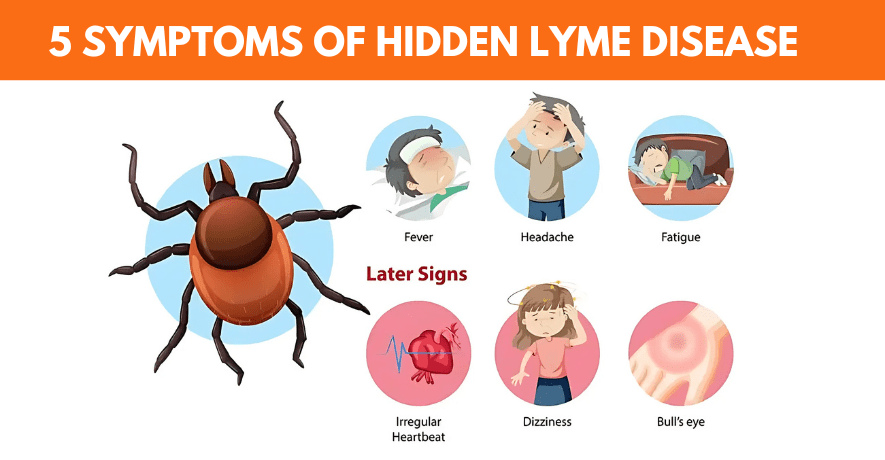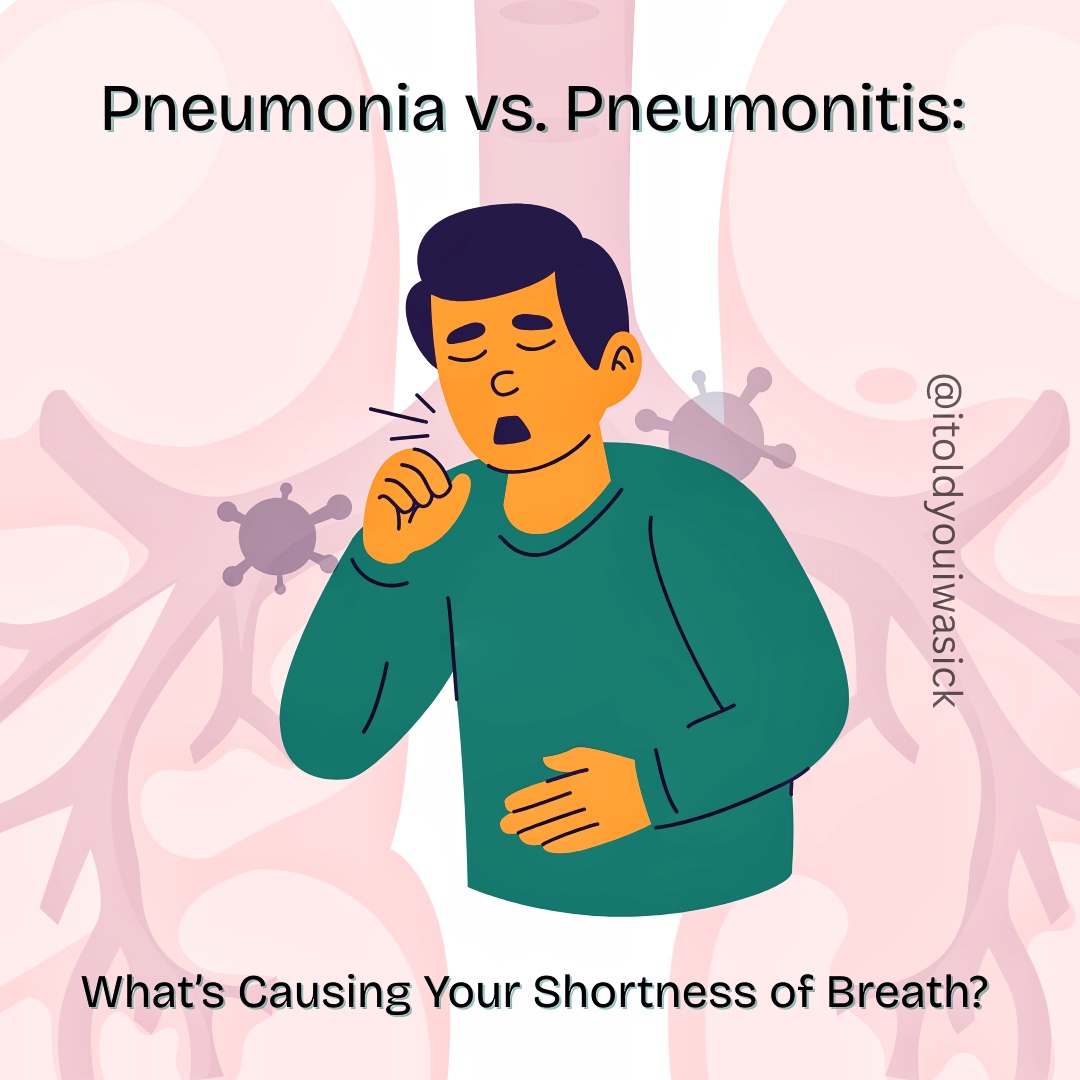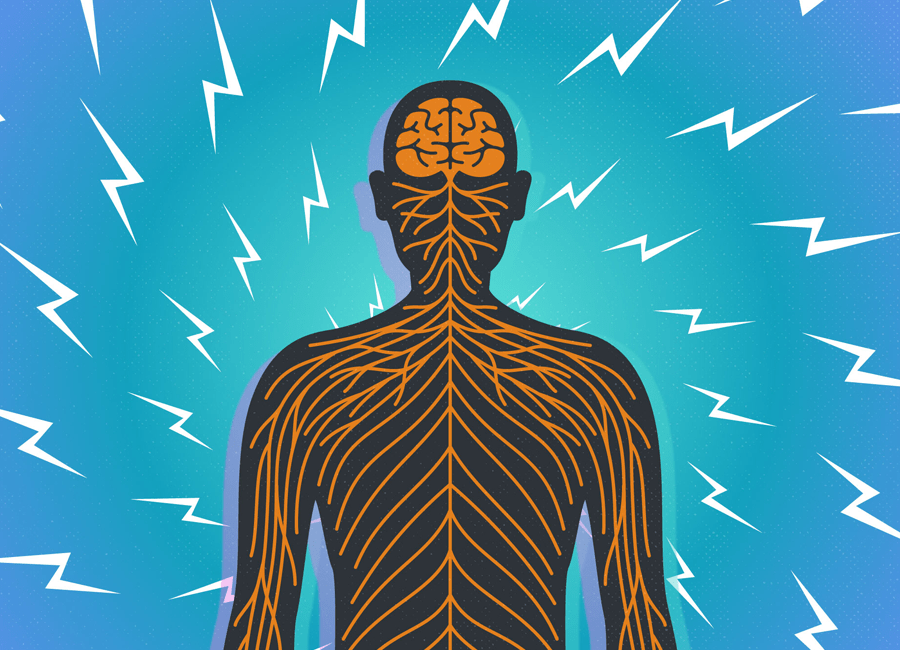5 Symptoms of Hidden Lyme Disease

5 Symptoms of Hidden Lyme Disease
When most people think of Lyme disease, they typically picture common symptoms such as a bull’s-eye rash, joint pain, and flu-like symptoms that appear shortly after a tick bite. However, Lyme disease doesn’t always present so clearly. It can remain “hidden” in the body, leading to subtle or non-specific symptoms that are often overlooked.
This less obvious form of the disease is sometimes called chronic or persistent Lyme disease. It can persist for months—or even years—before the correct diagnosis is finally made.
Here are five common but often misunderstood signs of hidden Lyme disease. If you’ve been experiencing mysterious symptoms that do not respond to standard treatments, consider discussing the possibility of Lyme disease with your healthcare provider.
- Persistent Fatigue and Low Energy
Fatigue is one of the most reported symptoms of chronic Lyme disease, yet it is often easy to overlook. Feeling tired can seem normal in a world filled with busy schedules and limited downtime. However, Lyme-related fatigue goes beyond typical tiredness.
Many people describe this tiredness as profound, unrelenting exhaustion that doesn’t improve with rest. This fatigue may be accompanied by “brain fog,” difficulty concentrating, and the sensation that even small tasks require enormous effort. It may be worth exploring if you have tried lifestyle changes or standard therapies without finding relief.
- Unexplained Musculoskeletal Aches and Pains
Joint and muscle pain are also common symptoms of Lyme disease. However, when these pains develop slowly over time, instead of suddenly following a tick bite, they can easily blend into the background of everyday discomfort. People may attribute their chronic aches to ageing, past injuries, or the stresses of daily life.
In cases of persistent Lyme disease, these pains might shift locations or feel inconsistent. For example, one day, you might experience stiffness in your knees, while another day, your neck or shoulders might hurt. Unlike arthritis, which typically affects one or two specific joints, Lyme-related discomfort often “migrates,” making it more difficult to identify a single cause.
- Neurological and Cognitive Difficulties
Lyme disease bacteria can impact the nervous system, resulting in various subtle cognitive and neurological symptoms. Individuals with hidden Lyme may experience recurring headaches, tingling sensations in their hands or feet, increased sensitivity to light or sound, and occasional memory lapses.
These cognitive issues—often referred to as “Lyme brain”—can resemble conditions such as chronic fatigue syndrome or the early stages of dementia. Consequently, individuals may spend years seeking help without ever considering Lyme disease as the underlying cause.
- Mood Swings, Anxiety, and Depression
It’s easy to overlook the impact an infection like Lyme disease can have on your emotional well-being. Chronic, untreated Lyme disease may lead to mood instability, increased anxiety, irritability, and depression. The unpredictability of flare-ups, combined with physical symptoms, can create a cycle of stress and emotional distress.
Many individuals affected by hidden Lyme disease initially seek help from mental health professionals, unaware that an underlying infection may be contributing to their feelings of discomfort and depression.
- Sleep Disturbances and Insomnia
Regular insomnia or disrupted sleep patterns can be a subtle sign of persistent Lyme disease. Some individuals may need help falling asleep, frequent awakenings at night, or feel unrested despite a whole night’s sleep.
Over time, poor sleep can worsen other symptoms such as fatigue, cognitive dysfunction, and low mood, potentially creating a cycle of discomfort and exhaustion that makes hidden Lyme disease more pronounced.
What to Do if You Suspect Hidden Lyme Disease
If you relate to these symptoms or if your health journey has encountered obstacles and left you with lingering questions, consider consulting a healthcare provider who specializes in Lyme disease.
Traditional testing can sometimes be inconclusive, as standard blood tests may only sometimes detect the infection, particularly in its chronic stages. A specialist experienced with tick-borne illnesses can help you explore more sensitive testing methods and provide a comprehensive approach to treatment.
Awareness is essential when it comes to Lyme disease. While the initial symptoms are often apparent, the longer-term effects can be more complex and vary from person to person. By educating yourself about the less obvious symptoms, you can better advocate for your health and seek the help you need, ensuring that hidden Lyme disease doesn’t stay unnoticed for too long.
Want more information about Lyme disease and its symptoms? Check out this helpful book written by a medical doctor who has experienced Lyme disease and found effective ways to treat it!
Unlocking Lyme: Myths, Truths, and Practical Solutions for Chronic Lyme Disease










